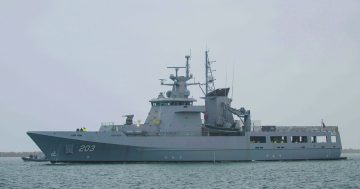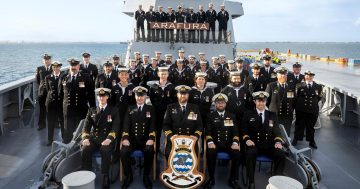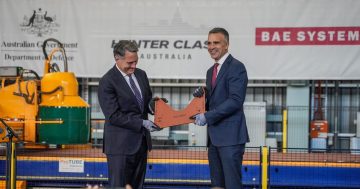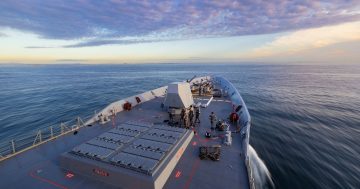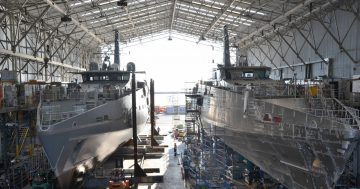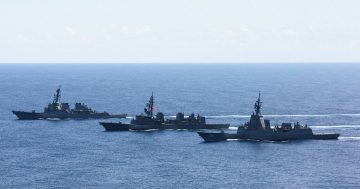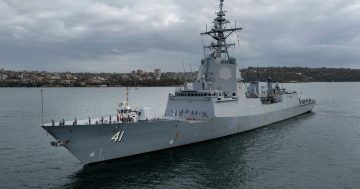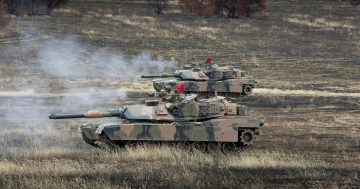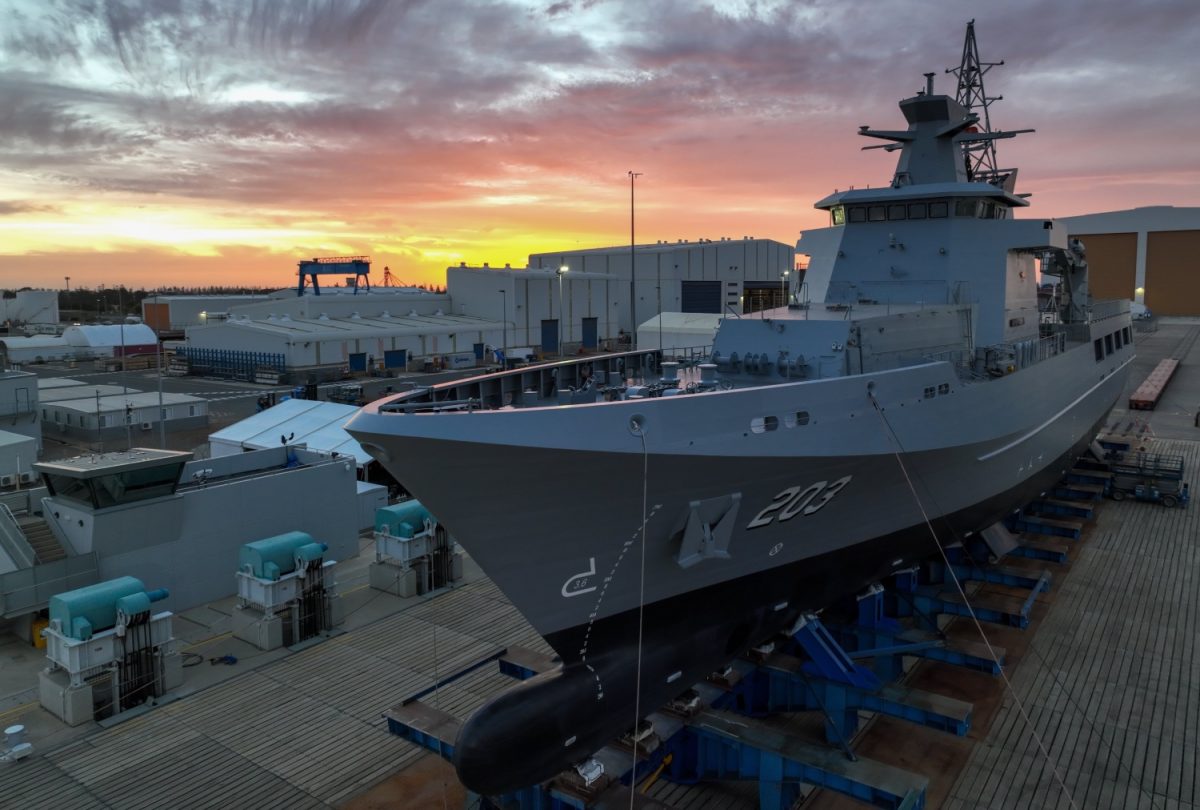
NUSHIP Arafura sits on the dock at Osborne shipyard shortly before its launch. Photo: ADF.
The troubled Project SEA 1180 Phase 1 Offshore Patrol Vessel (OPV) program for the Royal Australian Navy has been added to the Government’s Projects of Concern list.
The addition of the OPV to the list was announced on Friday (20 October) by Defence, which said the “project has experienced delays in delivery of both the vessels and the associated support system with schedule delays first emerging in 2021”.
The navy has ordered 12 OPVs, named the Arafura class after the first vessel of the class NUSHIP Arafura. The first two vessels were constructed at the Osborne shipyard in Adelaide before production shifted to the new Civmec shipyard at the Henderson Maritime Precinct, near Fremantle in WA. Six vessels are either in the water or under construction.
Defence says it and ship designer and prime contractor Luerssen Australia will “work together to develop a remediation plan to help address delays to the OPV schedule”, and added that both parties “remain committed to providing the Royal Australian Navy with this capability”.
The Luerssen OPV90 design was selected for the $3.58 billion SEA 1180 Phase 1 program in November 2017, and a contract was signed in February 2018. Luerssen’s OPV design was based on commercial design philosophies rather than military ones, as the navy had said these vessels would have more of a constabulary role than a warfighting one. Consequently, the Arafura class should have been cheaper to construct than a militarised class.
Construction of the first vessel began at Osborne in November 2018, and it was at that time the class was named. Construction of the third vessel started at Henderson in early 2020. It was also decided in 2020 that the Arafura design would form the basis of several planned minehunter and survey vessels for the navy.
An Australian National Audit Office (ANAO) report released in October 2020 was generally favourable, saying the procurement and contract management processes had been largely effective and had supported the delivery of value for money. It added that Defence had surveyed the market for an appropriate OPV design and had implemented a well-documented process to select three designs for detailed evaluation.
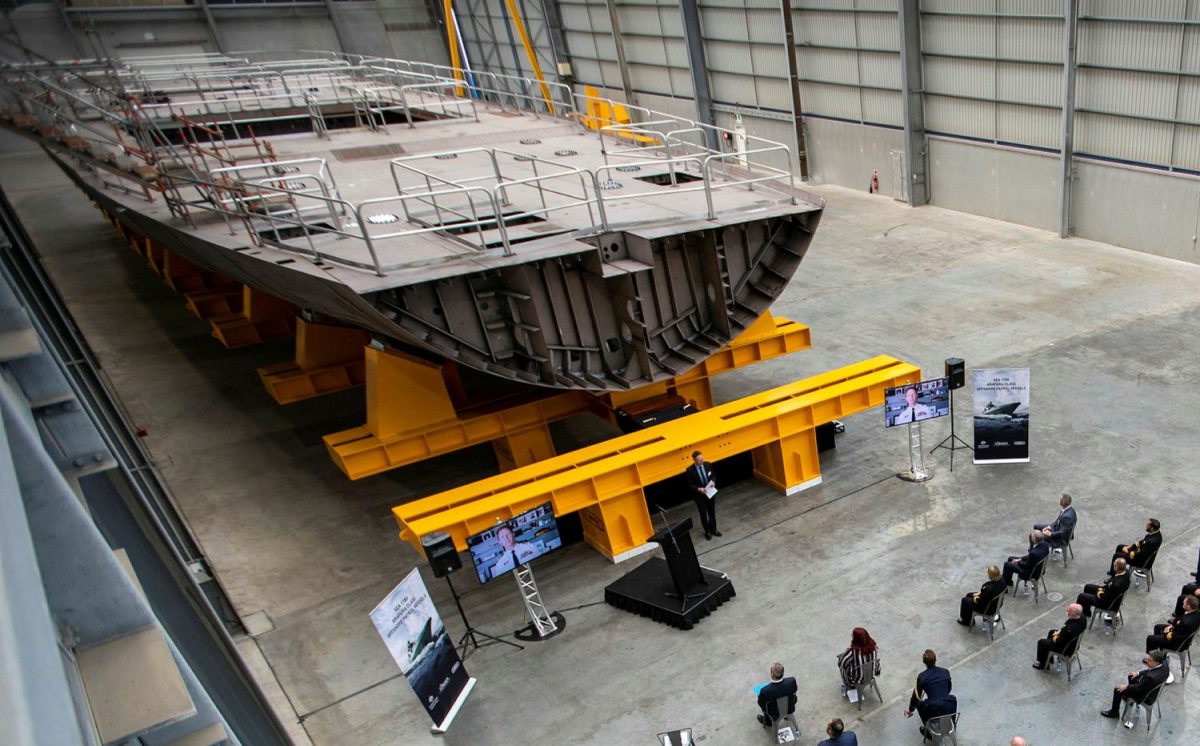
The OPV3 keel at the Civmec facility in Henderson, WA. Photo: ADF.
“The competitive evaluation process was supported by appropriate governance, assurance, and probity arrangements and a tender evaluation plan that was applied consistently across the three invited tenders, to provide a basis for assessing value for money,” the ANAO report says.
In December 2020, the Commonwealth announced that Raytheon Australia had been appointed as the capability life-cycle manager for the Arafura class, which would see Raytheon support the 12 vessels’ transition into service and set the foundations for through-life asset management.
The OPV Enterprise, comprising project representatives from government and industry – Luerssen, ASC, Civmec and Raytheon Australia – was established in February 2021 to oversee the building program and subsequent sustainment of the class.
It was revealed in Senate Estimates testimony in mid-2021 that the second OPV, NUSHIP Eyre, would be delayed by six months, although Defence officials refused to state the reasons for the postponement.
A major program milestone was achieved in December 2021 with the launch at Osborne of NUSHIP Arafura, although reports began to emerge that a new 40 mm deck gun planned for the vessels had been cancelled due to developmental issues, and that the vessels would instead be fitted with interim 25 mm Typhoon guns until a suitable permanent solution could be found.
By mid-2022, the navy crews had begun training on the OPVs via instructor-led and student self-paced learning in a realistic 3D-simulation environment, and in mid-2023 with a detachment of sailors visiting the Royal Brunei Navy, which operates four similar vessels.
A late-2022 analysis revealed significant delays with the shipbuilding program, and that those delays had placed cost pressures on the budget. While some supply chain and workforce issues were attributable to the pandemic, the then-new Labor Government also expressed concerns about the vessels’ seaworthiness and lack of armament.
Reporting earlier this year indicated the navy had asked for an assessment to equip the vessels with an anti-aircraft missile capability, and there has also been talk of accelerating the requirement for a new main deck gun.
Original Article published by Andrew McLaughlin on Riotact.


